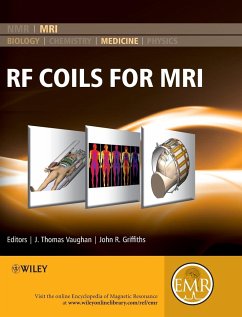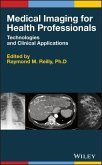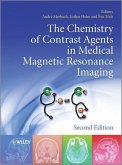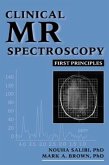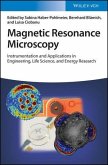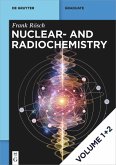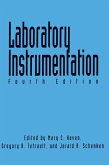Radiofrequency (RF) coils are the "antennae" of MRI instruments, used to both stimulate and receive the signals. Modern clinical and preclinical MRI systems use coil circuits ranging from single, passive LC loops to electronically controlled, multiple element phase arrays and cryogenically cooled probe-heads. This handbook will serve as an expository guide for engineers, scientists, medical physicists, radiographers, technologists, hands-on radiologists and other physicians, and for anyone with interest in building, purchasing or selecting and using coils to achieve the best clinical or experimental results. It combines the lifetime understanding and expertise of many of the senior designers in the field into a single, practical training manual on how to design, build, and use their most effective designs. Tricks of the trade and other "proprietary" information, part numbers and sources of component materials, equipment, engineering services and consulting are all included, enabling anyone with electronics bench experience to build, test and interface a coil. The handbook also teaches the MR system user how to safely and successfully implement the coil for its intended application. The chapters include information required by the scientist or physician to predict respective experiment or clinical performance of a coil for a variety of common applications. RF Coils for MRI will become an important resource for engineers, technicians, scientists, and physicians wanting to safely and successfully build (or buy) and use MR coils in the laboratory of clinic. Similarly, this handbook provides teaching material for student, fellows and residents wanting to better understand the theory an operation of RF coils.

